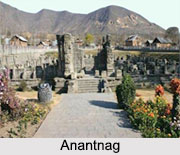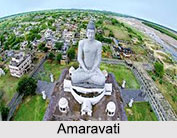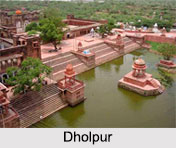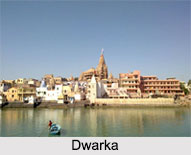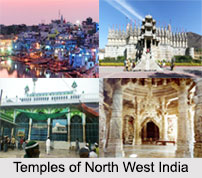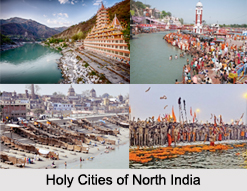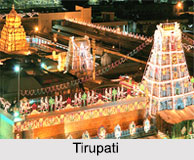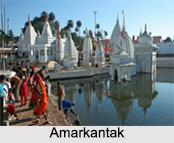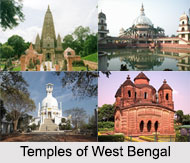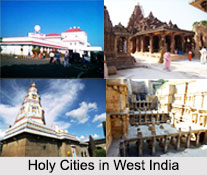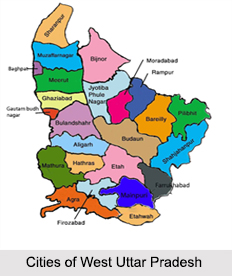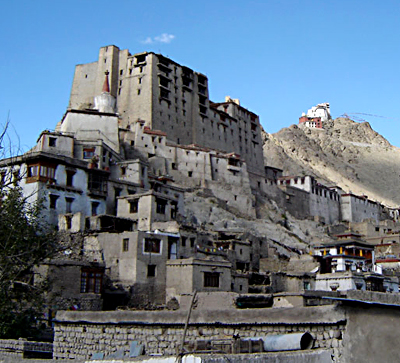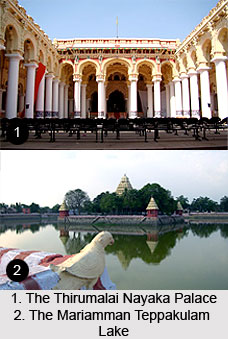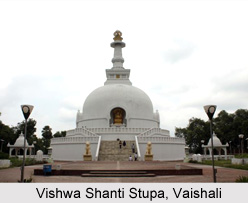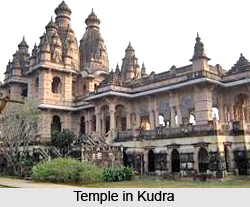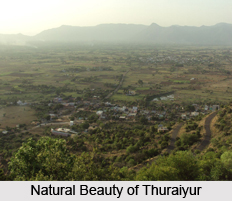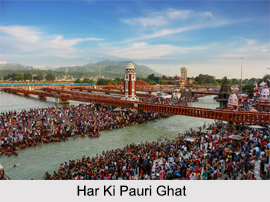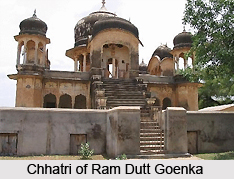 Evolving from a quaint village to a kingdom under the rule of Nawal Singh Nawalgarh has become an integral part of the history of the Rajputana. What was then a small village around the fort has now grown into a town with several market places and is dotted with several ancient buildings. Local transportations, such as, auto rickshaws and taxis are easily available for such excursion tours. The hotels where the tourists stay may also arrange for sightseeing tours.
Evolving from a quaint village to a kingdom under the rule of Nawal Singh Nawalgarh has become an integral part of the history of the Rajputana. What was then a small village around the fort has now grown into a town with several market places and is dotted with several ancient buildings. Local transportations, such as, auto rickshaws and taxis are easily available for such excursion tours. The hotels where the tourists stay may also arrange for sightseeing tours.
The most obvious target for a day-trip from Nawalgarh is Dunlod. It is located at a distance of 7 kilometers north of Nawalgarh. Here one will come across the ancient ruins of the fort and several remarkable havelis. It is possible to get there by bus, but most people walk across the fields - a leisurely amble that is quite enjoyable. Like most of the forts in the state of Rajasthan this too has been converted into a luxury hotel. Murals adorn the walls of this fort and the rooms are well maintained. Radiating from its southeastern walls are several interesting havelis. These have been painted around the turn of the twentieth century; and the delicate chhatri of Ram Dutt Goenka, a cenotaph erected in 1888 with vibrant friezes lining its dome.
Parasrampura is located at a distance of 20 kilometers from the city of Nawalgarh. This is a serene hamlet that is dotted with several painted buildings. It is set amidst rolling hills dotted with janri trees that make for some of the most attractive desert scenery in Rajasthan. The local attractions here comprise of Gopinath temple. It was built in the year 1742. The murals of this monument reflect the popular theme of the 18 the century, depictions of the torments of hell and images of local Rajput ruler, Sardul Singh, with his five sons. Some of the paintings are unfinished, as the artists were diverted to decorate the chhatri of Rahul Singh who died that same year.
This is an exquisite monument that has large dome of and is supported by twelve pillars. It also contains a flourish of lively and well-preserved murals, once again including images of hell, and those of Sardul Singh and his sons. Parasrampura`s modest fort is situated on the west bank of the dry riverbed.
